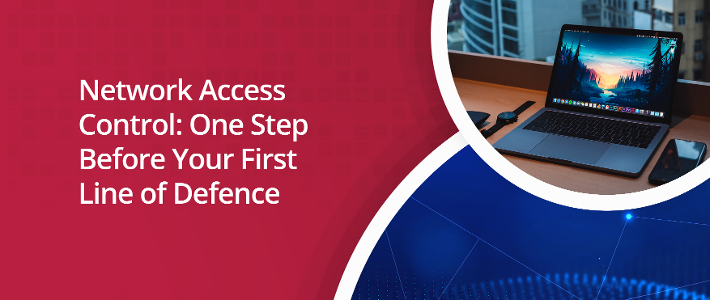It's a given fact that the user is the weakest link in the security chain: The cost of human errors adds up. For IT admin, an ideal system requires no knowledge from an end-user. In short, the person should not be there; they need to be verified correctly, but not by themselves.
Using digital certificates, you remove the user as part of the authentication process. Digital certificates provide credentials that identify a user (and often their device or devices) known to the network.
With certificate-based authentication, a business can verify that all devices connected to its network are authorised. Digital certificate authentication provides a unified way of authenticating users before authorising access to appropriate data and applications. It gives you full control, knowing that different elements are checked before granting access by providing authentication through a certificate instead of a username, password or biometric identification.
And, for your end users, it makes life easier, as they don't need to worry about security.
Make Employee Onboarding & Off-boarding Easier
Typically, employee onboarding and off-boarding are complex and manual. The onboarding process for authorised users and devices needs to be efficient and easy to implement and manage—ideally without any hands-on involvement by IT (once deployed and configured).
However, many organisations still rely on rudimentary methods built into their network infrastructure (such as pre-shared keys and MAC authentication) that can impact user experience and create security risks. By deploying digital certificates to authenticate users' (internal and external) devices, organisations can significantly improve visibility, mitigate risk, and improve productivity.
Managing digital certificates, especially expirations and renewals, continues to be challenging for businesses of all sizes, and such occurrences can create costly service disruptions. A purpose-built system for secure automated network onboarding is a critical tool that enables IT to manage certificates better. Automation greatly reduces or eliminates certificate expiration, alleviating compliance concerns and freeing up IT resources. Users can provide their devices for network access with intuitive self-service workflows without IT intervention. They get online quickly and securely—with only the appropriate level of access to network resources.
Certificates are the only complete authentication method for a fully automated, hands-off approach.
On the other hand, off-boarding has a significant risk to the business if done improperly. Failing to completely off-board means ex-employees could still access important company data and information, creating unnecessary risks.
Off-boarding is usually the responsibility of the employee's line manager and the Human Resource department. IT security teams are an afterthought, and employees could have access to passwords and other access points to a company's network.
During off-boarding processes, the IT security team should properly remove an employee's access to the network. When someone leaves the organisation, it's quick for admins to terminate access early. But, even if they forget, the certificate will still expire on its end date and prevent unauthorised access.
How digital certificates give you the edge
Certificate-based authentication is very secure and very user-friendly. It is completely transparent to the user, and it runs all the time but requires no user input. Users don't have to authenticate themselves repeatedly, as most authentication occurs without the user noticing. Digital certificates provide the best workflow for the end-user and the highest level of security for the administrator.
Digital certificates allow users to access the correct areas of the network the first time and every time, which reduces queries to IT support teams. For businesses, digital certificates are scalable - it's never been simpler to add devices to the network, essential when there are more devices than ever and more employers checking in from random office locations.
With certificate-based authentication, a business can verify that all devices connected to its network are authorised.
Find out more in our eBook Network Access Control: One Step Before Your First Line of Defence.




